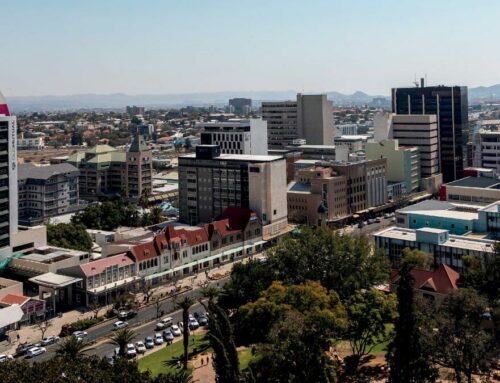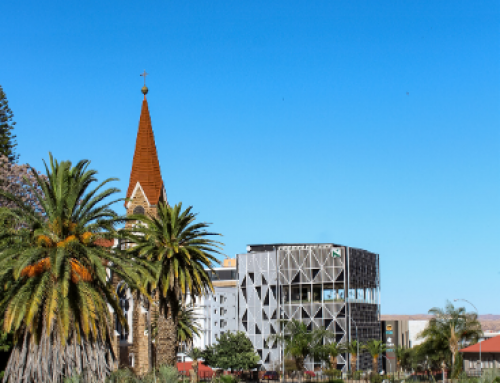Entering 2023, Namibia’s economic landscape was characterised by cautiously optimistic projections, underpinned by strong commodity performance, a surge in government spending, the expected validation of prior oil discoveries and the emerging interest in green hydrogen initiatives. However, as the year unfolded, the optimism was somewhat offset by the reality of an economy still grappling with growth pains, reflecting a dichotomy between the promise of new industries and the challenges of an economy still struggling to shake off the vestiges of seven years of little to no growth.
The year commenced on a high note, buoyed by the prospects of oil exploration off the shore of Namibia, with initial drilling in 2022 suggesting a significant hydrocarbon presence. This discovery positioned the economy on the brink of a possible oil boom, promising a future influx of foreign investment and a surge in job creation. Similarly, the green hydrogen hype sparked visions of a clean energy revolution, projecting Namibia as a potentially significant global player in renewable energy. Underpinning this optimism for future prospects has been strong tangible performances by the mining sector, government as well as tourism this year.
Despite the positive early outlook, economic indicators paint a more complex picture. Real GDP is projected to grow at a respectable rate of 3.4%, albeit a slowdown from the 7.6% growth rate in 2022. However, it should be noted that the growth witnessed in 2022 was off a very low base and brought real GDP only slightly above the 2015 and 2018 peaks. Given this context, growth of 3.4% for 2023 would be, as previously noted, respectable while somewhat below long-term trends prior to 2015. Other economic indicators point to the continuation of disparate growth in Namibia with the consumer and much of the non-mining private sector lacking overall growth.
Private sector credit extension remains sluggish with credit extension to corporates contracting by 2.1% year-on-year in September (latest data at time of publication). Credit extended to individuals grew by 4.3%, which is well below inflation, and driven largely by instalment (short-term) credit. Thus, on average, households and businesses are still deleveraging in real terms, and what little growth there is in household credit uptake is very much confined to short-term credit which is likely filling cost-of-living gaps. Building plan approvals and completions for Windhoek paint a similar picture, with the 2023 year-to-date value of building plans approved (as at the end of September) lagging each of the last ten years. New vehicle sales however do point to an uptick in activity versus the last few years, both in passenger and commercial segments. This is partially attributable to tourism and transport companies reinvesting in fleets after sweating or reducing vehicle inventories during the pandemic.
Inflation moderated much during the year which brought on a corresponding slowdown in interest rate hikes. Annual inflation ticked up to 6.0% in October after bottoming out at 4.5% in July. It is likely that Namibia is near the top of the current interest rate hiking cycle despite maintaining a repo rate below that of South Africa’s, which does increase upside risks. While inflation has been conducive to a slowdown in interest rate hikes, it does not change the fact that interest rates have acted as a drag on economic growth at levels last seen in 2009.
Primary industries, especially mining, continued to buoy economic growth in 2023. This year has seen uranium driving growth due to a rebound in U3O8 spot and contract prices. Price increases have in turn driven renewed optimism in the sector and as a result the Langer Heinrich Mine is set to reopen and the construction of a new mine by Deep Yellow scheduled to start in 2025. Tertiary industries have been playing a supporting role with wholesale and retail trade showing strong growth off an elevated base, tourism continuing to normalise to pre-pandemic levels and the transport sector posting expansion. Headwinds remain in the agriculture and fishing industries, as well as in manufacturing.
Government revenues have been a further silver lining with revenue collection for the year surpassing economist expectations by some margin. This has allowed the government to relax its fiscal consolidation stance from prior years and play a supportive role in the economy. At the same time the reduced budget deficit for the current year has resulted in government borrowing costs decreasing in both relative and absolute terms despite interest rates having increased considerably over the last 24 months.
The silver linings to the outlook have however become more tangible for a return to long-term growth. The extraction of oil – still a probability rather than a certainty – could usher in a period of prosperity rarely seen in any country, and result in a permanent improvement to the livelihoods of Namibians if managed properly. Government revenues have improved significantly in 2023 and seem likely to grow at a reasonable pace from these levels going forward, enabling the government to re-embark on some of the development goals that received less focus under fiscal consolidation. Furthermore, the global demand for commodities is expected to underpin Namibia’s mining industry in the long term. Thus, while the next year or two might still see inconsistent performance between sectors, the longer-term outlook is decidedly more optimistic.
Eric van Zyl
IJG believes in tailoring their services to a client’s personal and business needs.
For more information, visit ijg.net







